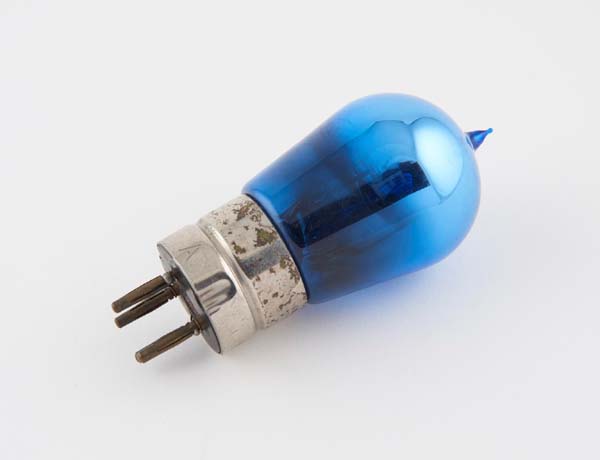 |
| DE6 valve. (History of Science Museum of London photo) |
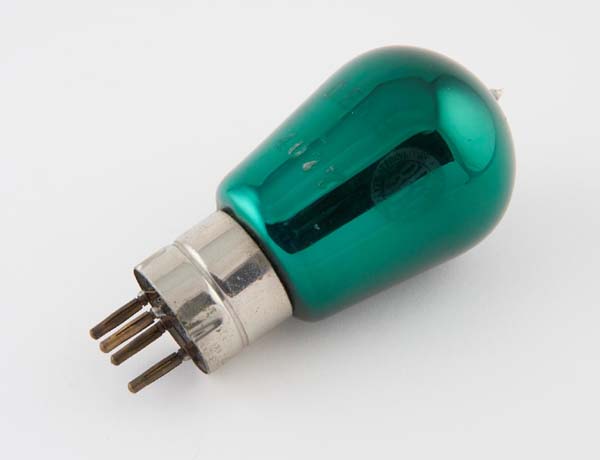 |
| DEB6 valve. (History of Science Museum of London photo) |
Select this link for a UK (CV series valves ) cross reference to JAN series valves.
 |
| DE6 valve. (History of Science Museum of London photo) |
 |
| DEB6 valve. (History of Science Museum of London photo) |
DE06 NELSON MULTI VALVE
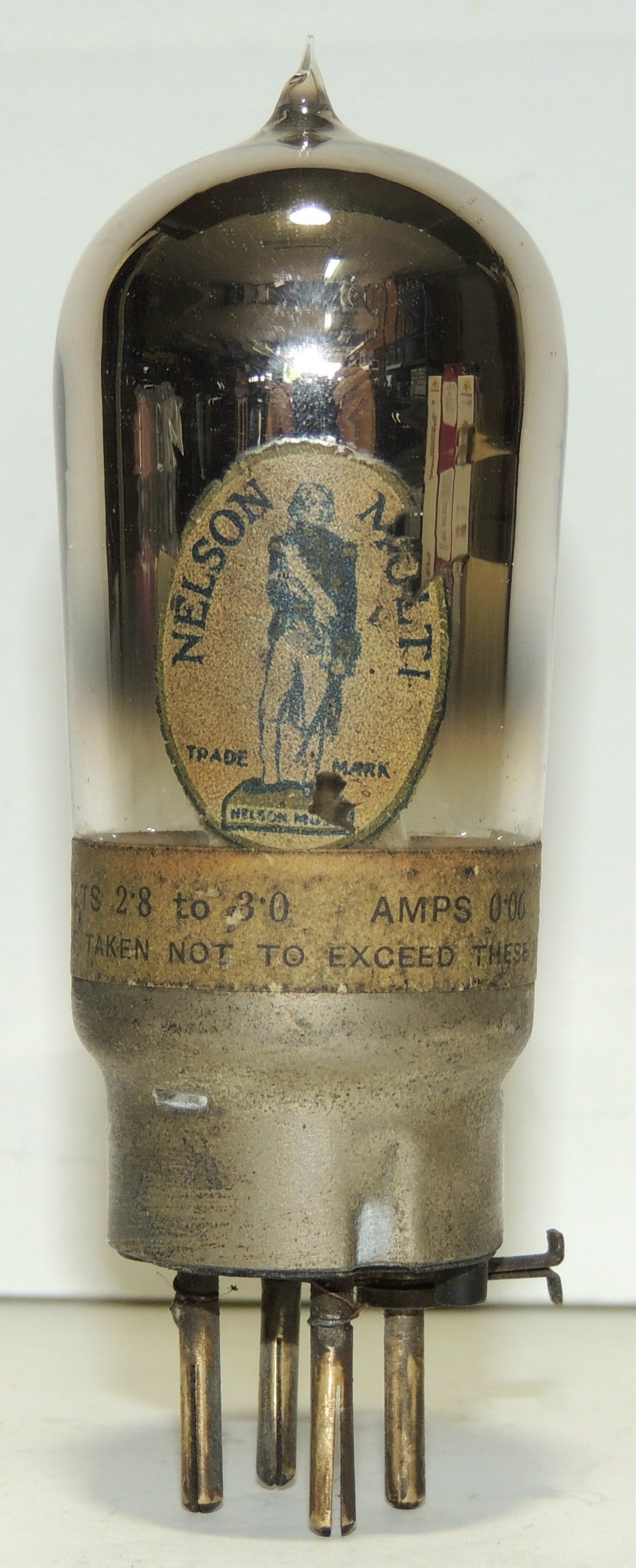 |
| DE06 Nelson Multi valve. Filament voltage is 2.8 to 3 volts at 0.06 amps. (Photo by Chong Ong) |
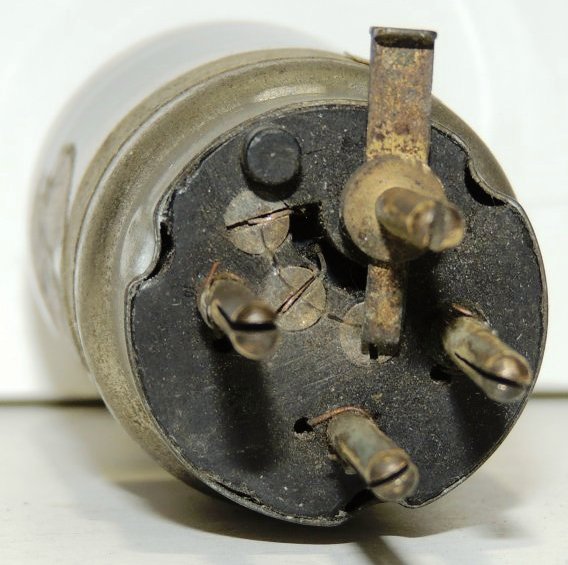 |
| Th DE06 multi valve contains two separate filaments. If one filament opens up, you just flip the underside lever to the other filament and then the tube is good again ! (Photo by Chong Ong) |
The DE06 valve (also known as the D.E.06 or D.E.6) was a British directly heated triode vacuum tube used primarily in military and early commercial radio receivers during the 1920s and 1930s. It was made by companies such as Marconi-Osram and Mullard, and sometimes designated by military or manufacturer's coding systems. The DE06 valve (also known as the D.E.06 or D.E.6) was a British directly heated triode vacuum tube used primarily in military and early commercial radio receivers during the 1920s and 1930s. It was made by companies such as Marconi-Osram and Mullard, and sometimes designated by military or manufacturer's coding systems.The DE06 was commonly used as a detector in TRF (Tuned Radio Frequency) receivers. Its high amplification factor made it suitable for demodulating AM (amplitude-modulated) signals.
It could also be used in early low-level audio amplification stages, particularly as a first-stage AF amplifier in early domestic and military sets.It was used in interwar military radio receivers, often as a standard triode in sets designed or adopted by the British War Office.Likely found in portable field sets and early aircraft radios before the introduction of more advanced valves like the EF39, 6J5, etc. In the 1920s, it could be found in home-built or kit radios using three or four valves — one or two RF stages, a detector (often the DE06), and an output valve. Era: ~1924–1935.
LS-1
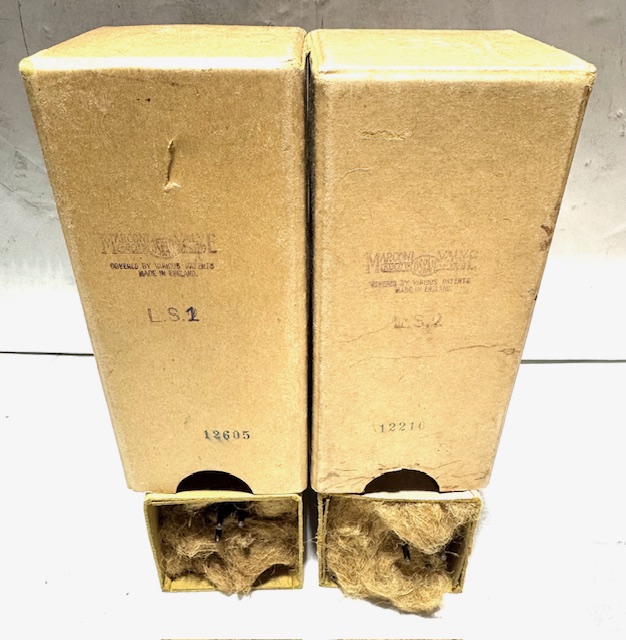 |
| LS-1 triode valve - carton markings .Filament: 6 volts @1.5 amps. (Photo by Chong Ong) |
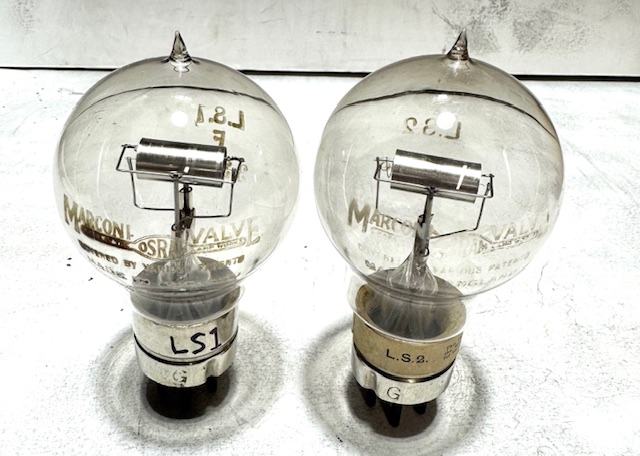 |
| LS1 amd LS2 paring. (Photo by Chong Ong) |
LS2 VALVE
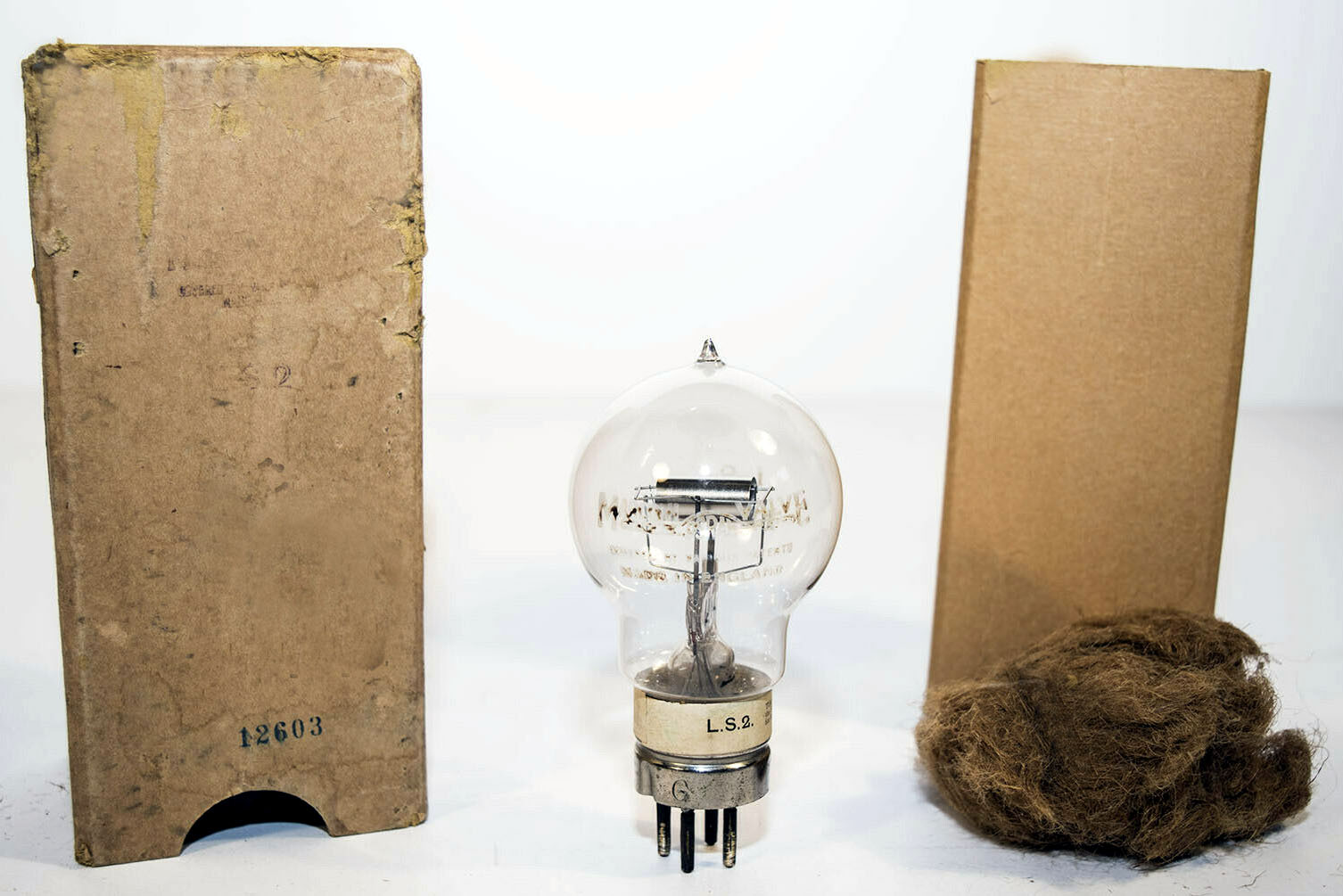 |
| LS-2 valve with original box and horsehair padding.
(Image
via E-bay)
Type: Triode Filament volts: 6.0 Filament current: 1.5 amps Suggested anode volts: 200 to 300 |
R VALVES
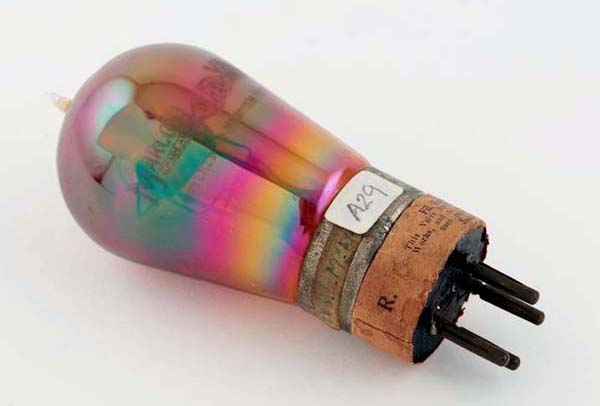 |
| R valve. (History of Science Museum of London photo) |
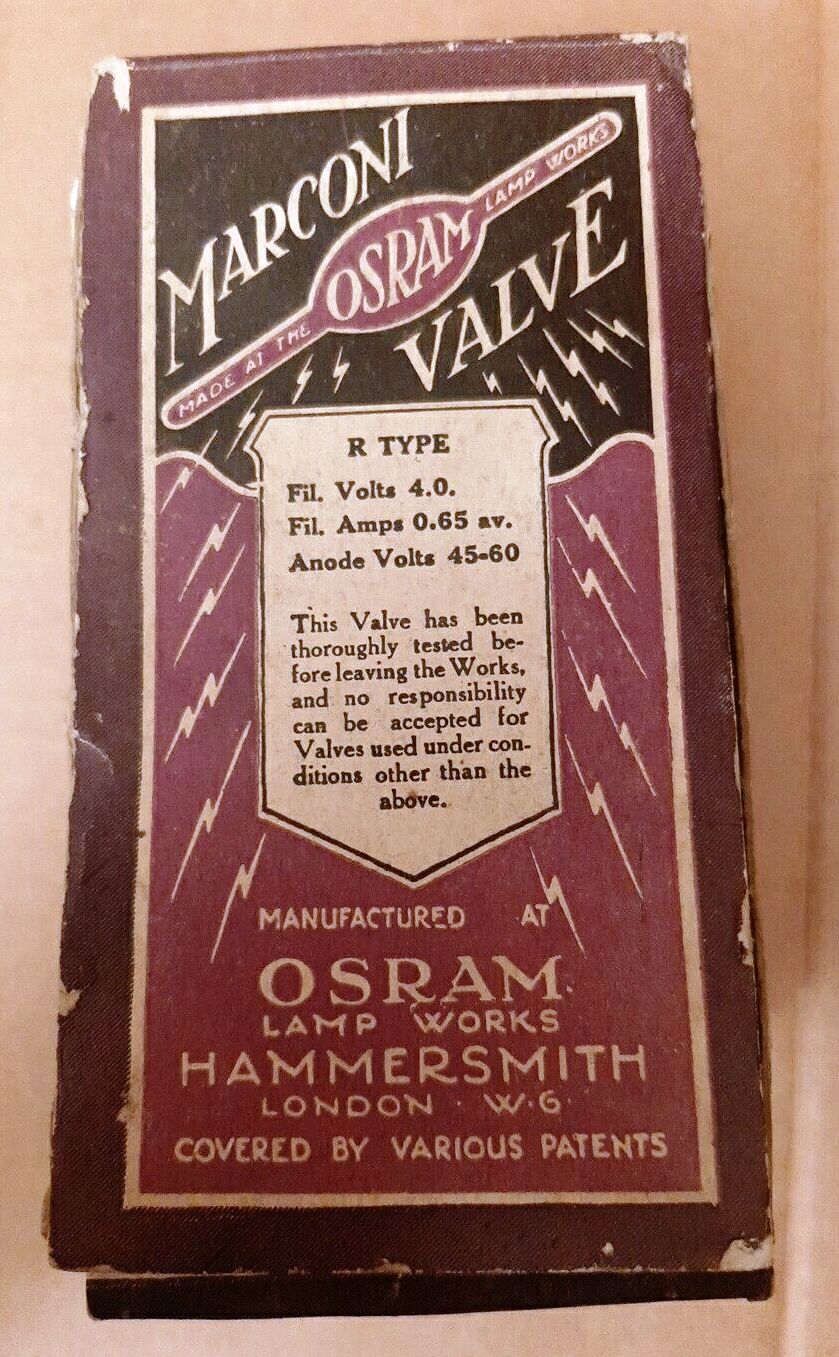 |
| R type valves made by OSRAM were packaged in boxes like this. (E-bay photo) |
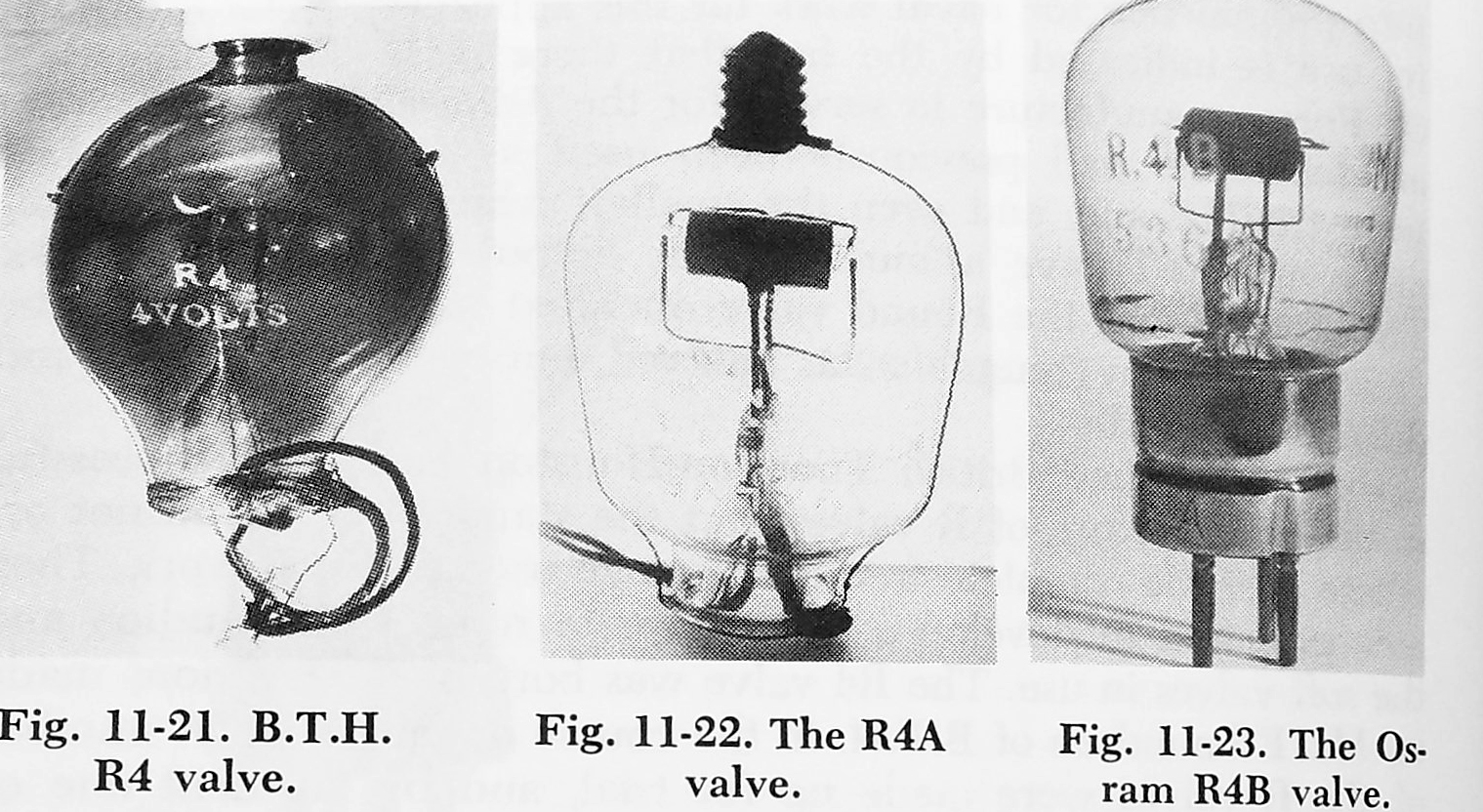 |
| R valve variants |
T1 AND T4 TYPES
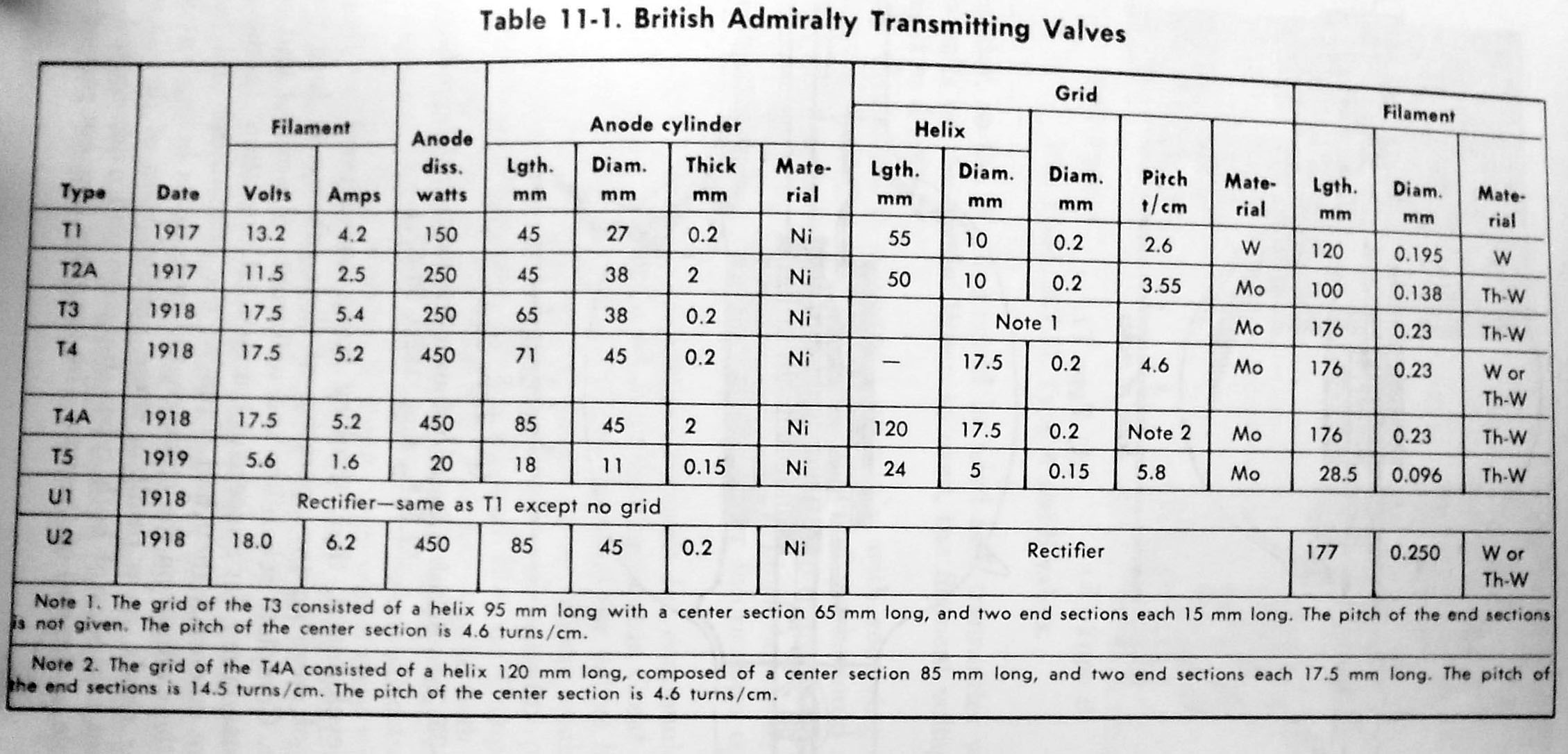 |
| A table of tubes. From "Saga of the Vacuum Tube". Download image to enlarge. .(Provided by Lewis Bodkin) |
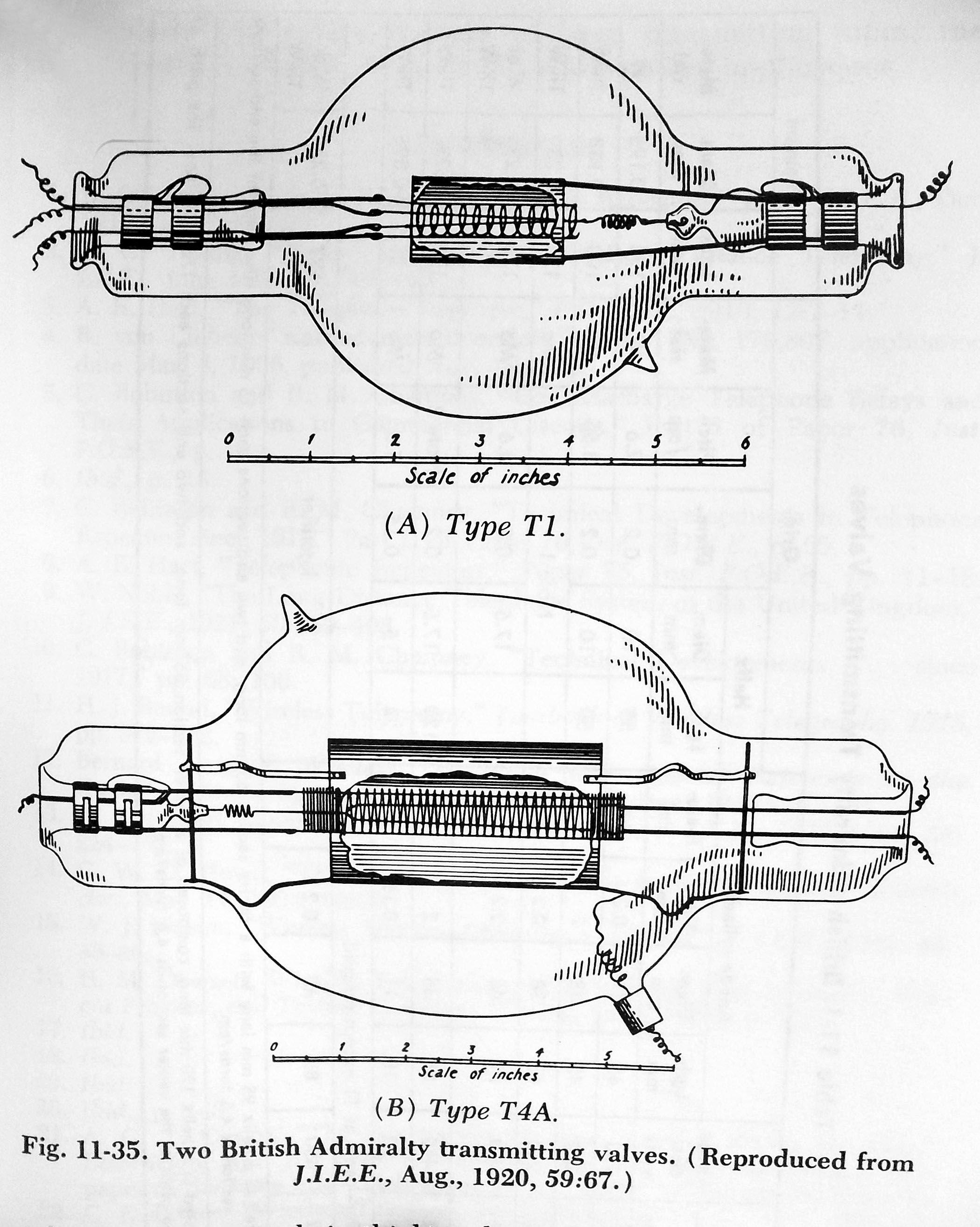 |
| Envelope profile for just two of the types. From "Saga of the Vacuum Tube". Download image to enlarge. (Provided by Lewis Bodkin) |
VMS-4
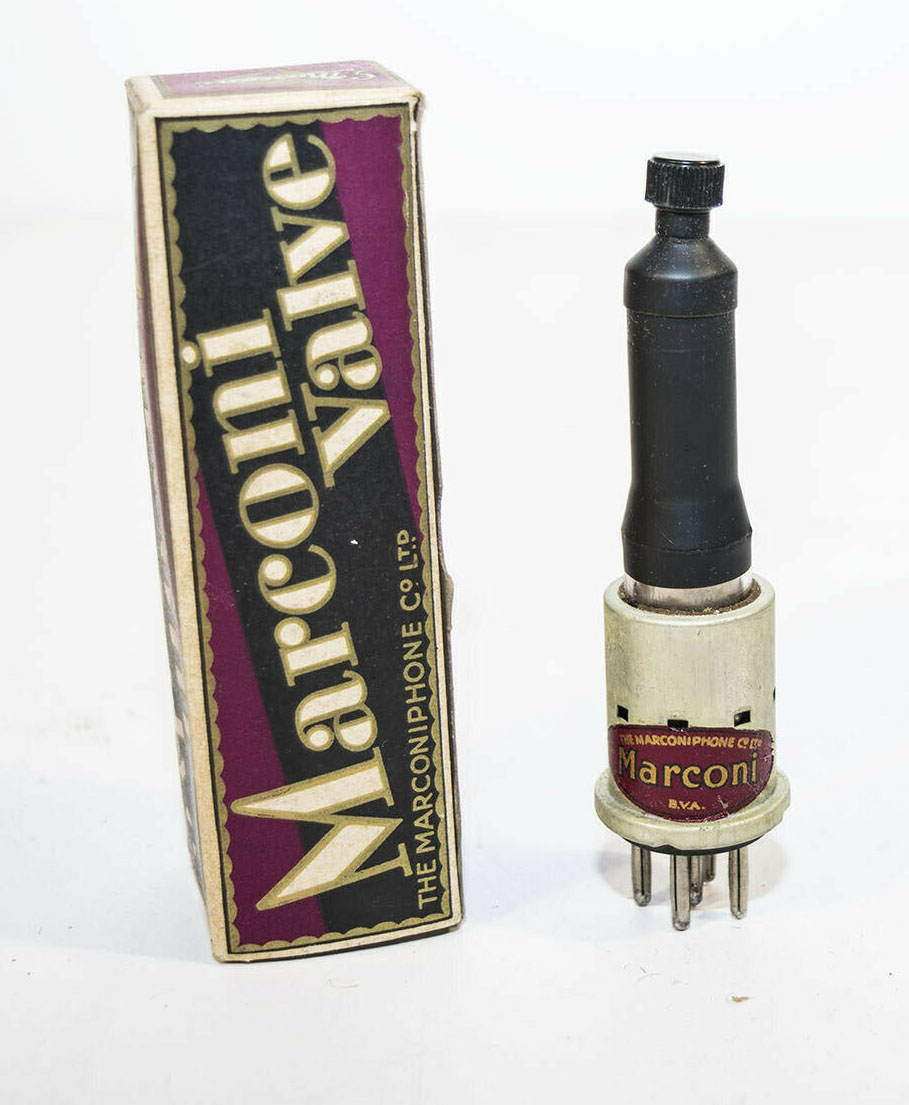 |
| VMS-4 valve. (Image via E-bay) |
Contributors and Credits:
1) ) Lewis Bodkin <05bodkin555(at)gmail.com>
2) "Saga of the Vacuum Tube"
3) LS-2 specs via Chong Ong <cong(at)cox.net>
4) DE06 Nelson Multi valve info via Chargpt.
May 24/25